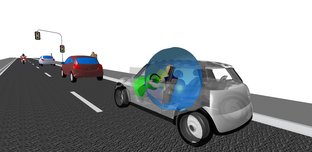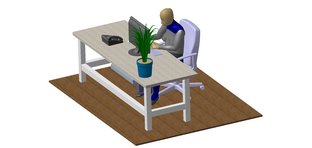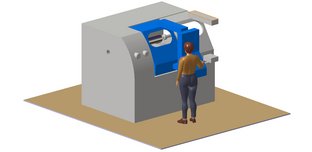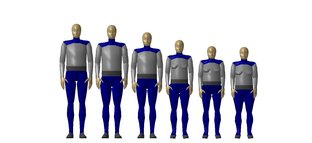RAMSIS – a digital human model for the virtual product development
Products and also workplaces are usually designed using CAD systems nowadays. Therefore, various institutes and companies developed several digital human models to evaluate parameters of human factors and ergonomics within the virtual design phase. One of the most successful models is RAMSIS (German acronym for Computer based anthropometric mathematic system for passenger simulation), developed with a research project by the Chair of Ergonomics in cooperation with the Research Association for Automotive Technology (FAT) part of the German Association of the Automotive Industry (VDA). The scientific elaboration of the ergonomic principles of the system took place mainly at the Chair of Ergonomics at the Technical University Munich under Professor Heiner Bubb, the software development and sales are carried out by the company Human Solutions GmbH. The functional development continues steadily and is driven by, among others, the Chair of Ergonomics
Function and application
In addition to the analysis of three-dimensional anthropometric conditions in the design environment, RAMSIS allows the prognosis of a most probable posture while adhering to external constraints. The special domain of RAMSIS is the verification of occupant conditions of vehicles when used by drivers and passengers.
Approximately 90% of the OEMs worldwide use RAMSIS for the product development of passenger cars. The Chair of Ergonomics applies RAMSIS for research and development projects in the areas of Automotive, Production and Logistics. The embedded SizeGERMANY database serves as the basis for the used anthropometric data.



